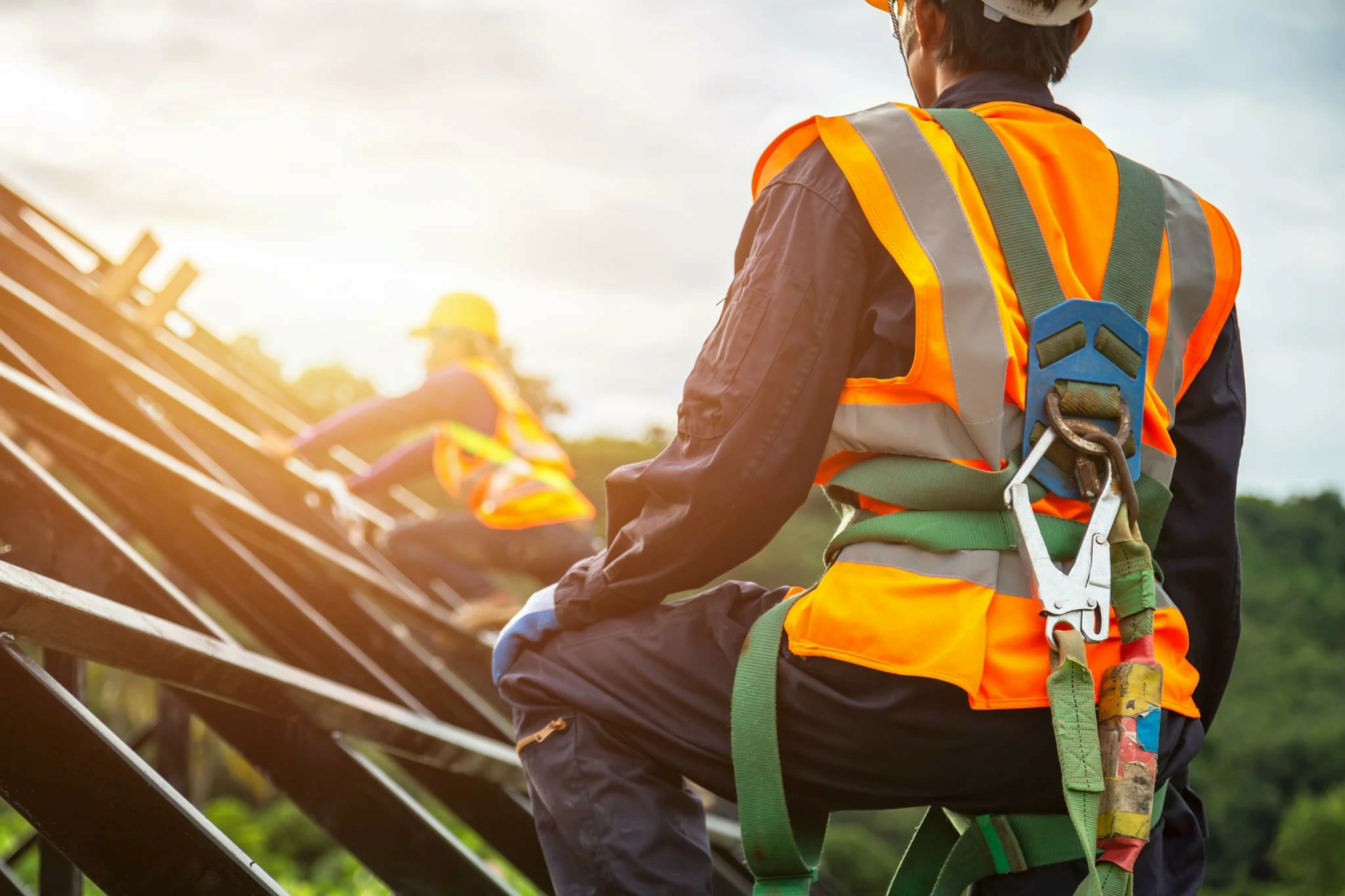


 349,500 Offered Certificates
349,500 Offered Certificates
 24/7 Online Training
24/7 Online Training
 Money Back Guarantee
Money Back Guarantee
 Fully Accredited Courses
Fully Accredited Courses

Created at: 22-02-2025 16:48
Working at heights is an essential part of many industries, from construction to maintenance, yet it remains one of the most dangerous activities workers can engage in. Unfortunately, improper safety practices can lead to severe injuries or even fatalities. This blog will explore the most common mistakes workers make when working at heights, and how engaging in comprehensive Working at Heights training can dramatically reduce these errors and boost workplace safety.
Working at heights involves unique challenges that require an understanding of the risks involved. Statistically, falls from height are among the leading causes of workplace accidents. According to reports, many of these accidents can be attributed to a range of common mistakes, which are often easily preventable with the right knowledge and practices.
One of the most frequent mistakes workers make is not using the right equipment or not using it correctly. For instance:
Another critical error is the failure to conduct thorough risk assessments before starting work at heights. This oversight can include:
Safety procedures exist to protect workers while they are on the job. Common failures in this area include:
The consequences of these common mistakes can be devastating. Falls can lead to serious injuries such as fractures, concussions, and even death. Furthermore, companies can face legal ramifications and financial losses due to workplace accidents, leading to increased insurance premiums and the cost of compensations.
Investing in Working at Heights training is crucial for both workers and employers. This type of structured training equips workers with the skills and knowledge necessary to identify risks and implement safety measures effectively. Here’s how proper training can help prevent the mistakes mentioned:
Real-world examples illustrate the success of Working at Heights training. Companies that have adopted rigorous training programs report significantly fewer accidents and improved safety culture. For instance, a construction firm in Dublin that recently mandated Working at Heights Certification Ireland for all employees experienced a 50% reduction in fall incidents within a year, a testament to the effectiveness of proper training.
The importance of Working at Heights Safety cannot be overstated. Common mistakes such as incorrect equipment usage, lack of risk assessment, and failure to follow safety procedures can lead to serious injuries or worse. However, investing in Working at Heights training courses, such as those offered online, can provide workers with the essential skills needed to operate safely and effectively.
If you are an employer in Dublin, Cork, or Galway seeking to enhance your team's safety practices, consider enrolling in a Working at Heights Course. For more information on our renowned safety training programs, visit Ireland Safety Training or contact us at [email protected].